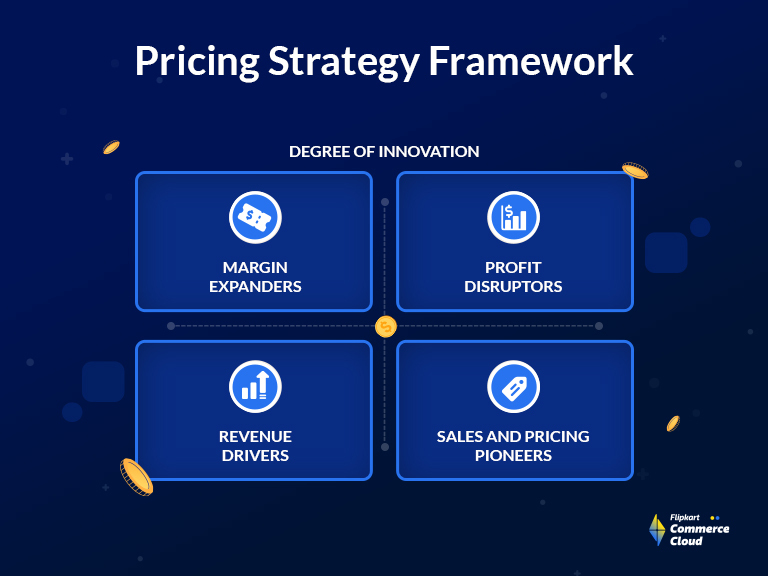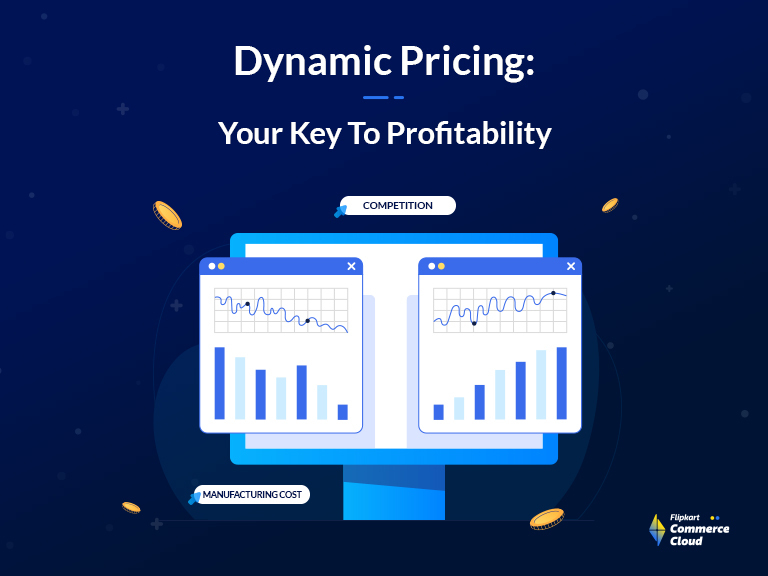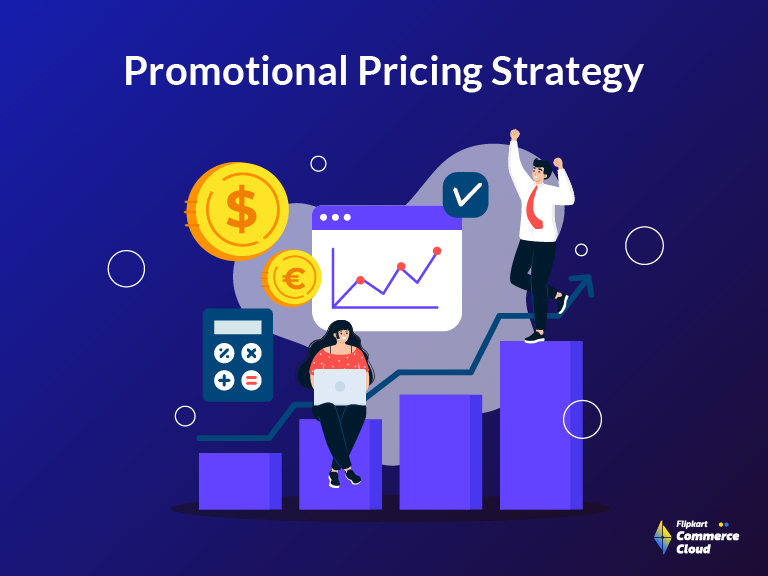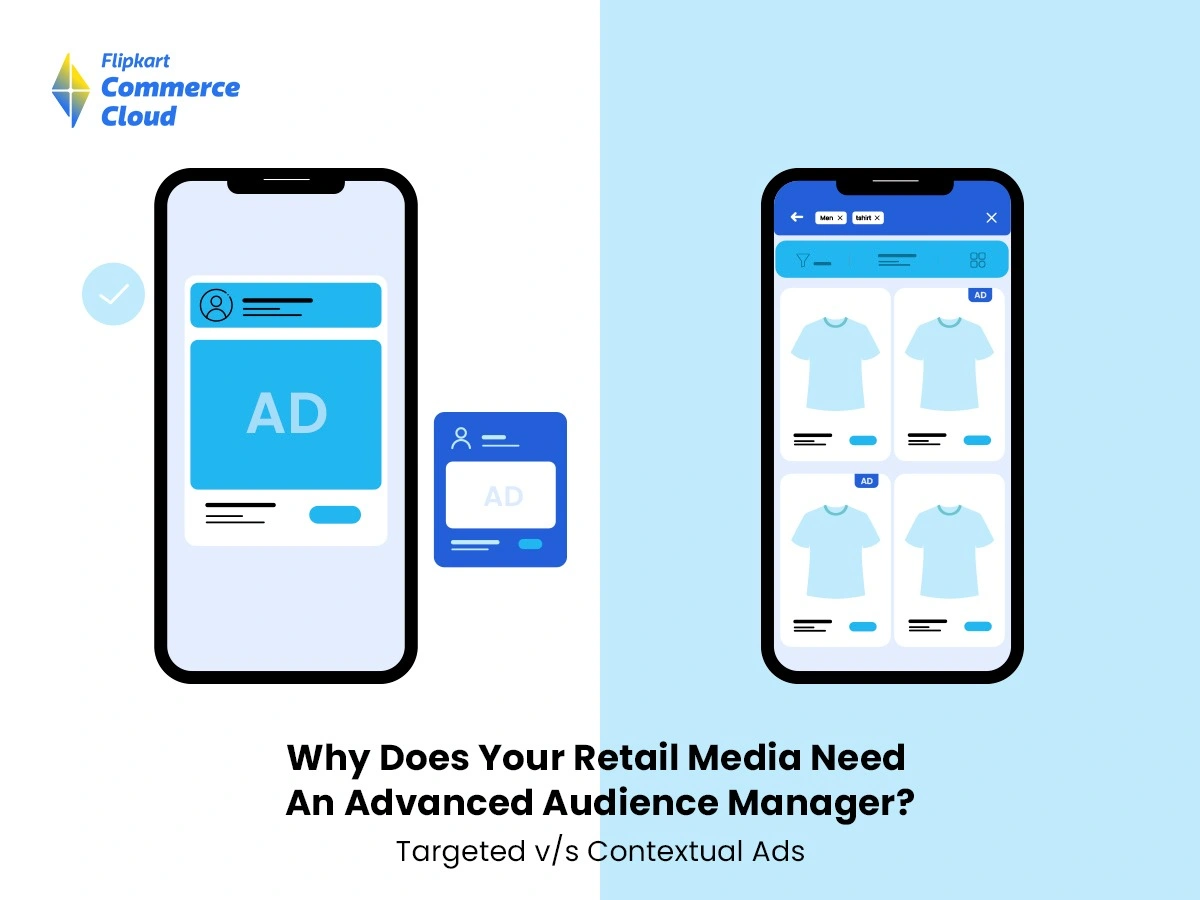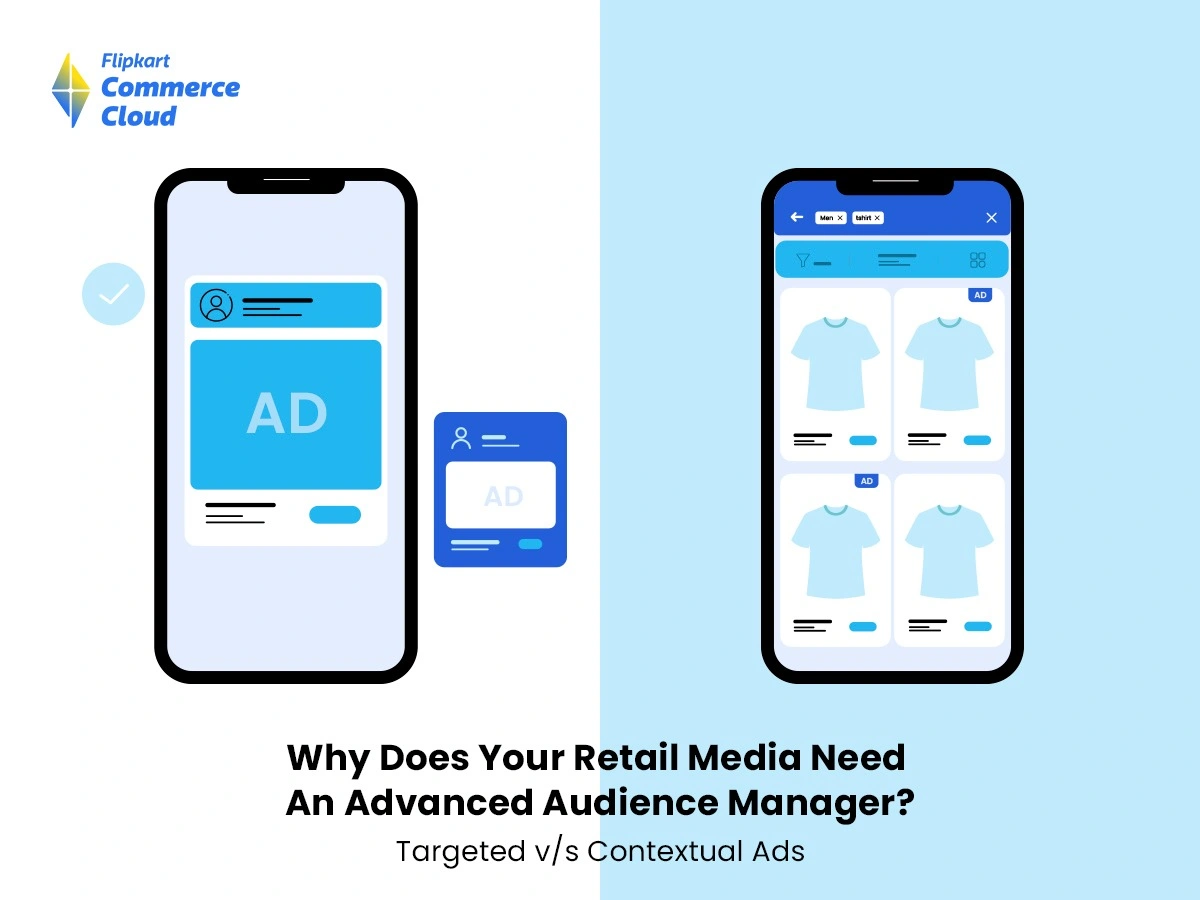Staying ahead of the Curve with an Advanced Audience Manager
As per Nielsen 2022 Annual Marketing Report, marketers depend on access to reliable, high-quality data that underpins their strategies and enables them to reach out more effectively to their target audiences.
With digital channel engagement continuing to rise, advertisers must ensure that they’re up to speed with understanding the customers making those interactions and hit the right notes for that particular audience.
What is an Audience Manager?
As retail media gets more competitive, advanced audience managers can help deliver successful campaigns.
Also, as the ROI buzzword continues to increase, digital media advertisers want to get more out of their budget and maximise reach. An advanced audience manager provides the tools to do this.
In sum, audience management system solutions enable sourcing, defining, managing, analysing, and activating customer data for cost-effective campaigns.
They empower digital advertisers and publishers with the essential tools to manage and leverage data assets and boost sales.
Resources like audience reports help to improve the range and accuracy of target audience awareness, identify new trends and tendencies, potential segment matches, and more.
Furthermore, with advanced audience management, advertisers can tailor customer experiences as a flow of purposeful, contextual, and timely messages. This helps to elevate a user’s interaction with the brand to the next level.
Advanced Audience Managers for Retail Media
A robust audience management platform for retail media is a cohesion of the following capabilities:
- Collection and Centralization: Superior data collection and centralisation capabilities enable seamless data consumption, highly accurate graphing and data collection across devices.
This helps create a unified view of customer data across multiple channels and devices.
The granular user-level targeting helps organise user information based on user browsing interests and history. This facilitates monetisation using contextual relevancy and highly targeted campaigns.
- Segmentation and Management: A good audience management platform offers superior segmentation capabilities leveraging artificial intelligence, segment size estimator, and more.
It helps arrange and segment data systematically. This supports easier targeting and engagement opportunities down the line.
- Targeting and Enhancing output: Audience analytics and lab for A/B testing help advertisers measure and optimise campaigns by leveraging insights from real-time customer data.
In addition, it addresses security and compliance needs, thereby minimising the risk of negative user experiences.
Audience management solutions also help advertisers to offer increased personalisation.
Conclusion
In the age of cookie-lessness, running retail media ads with first-party behavioural data will stand out for its cost-effectiveness, accuracy, and scalability.
By leveraging the different ad formats, available advertisers can resonate with consumers and maximise sales.
Once you integrate audience management, you can combine technology and data to orchestrate campaigns across devices and channels. This not only optimises your campaign outcomes but ensures operational efficiencies too.
The Advanced Audience Manager by Flipkart Commerce Cloud helps segment and identify audiences based on consumer attributes and actions, facilitating productive e-commerce experiences.
In a nutshell, adopting an advanced audience management solution will enable you to take control of your marketing efforts. And you can make smarter decisions for long-term success!

